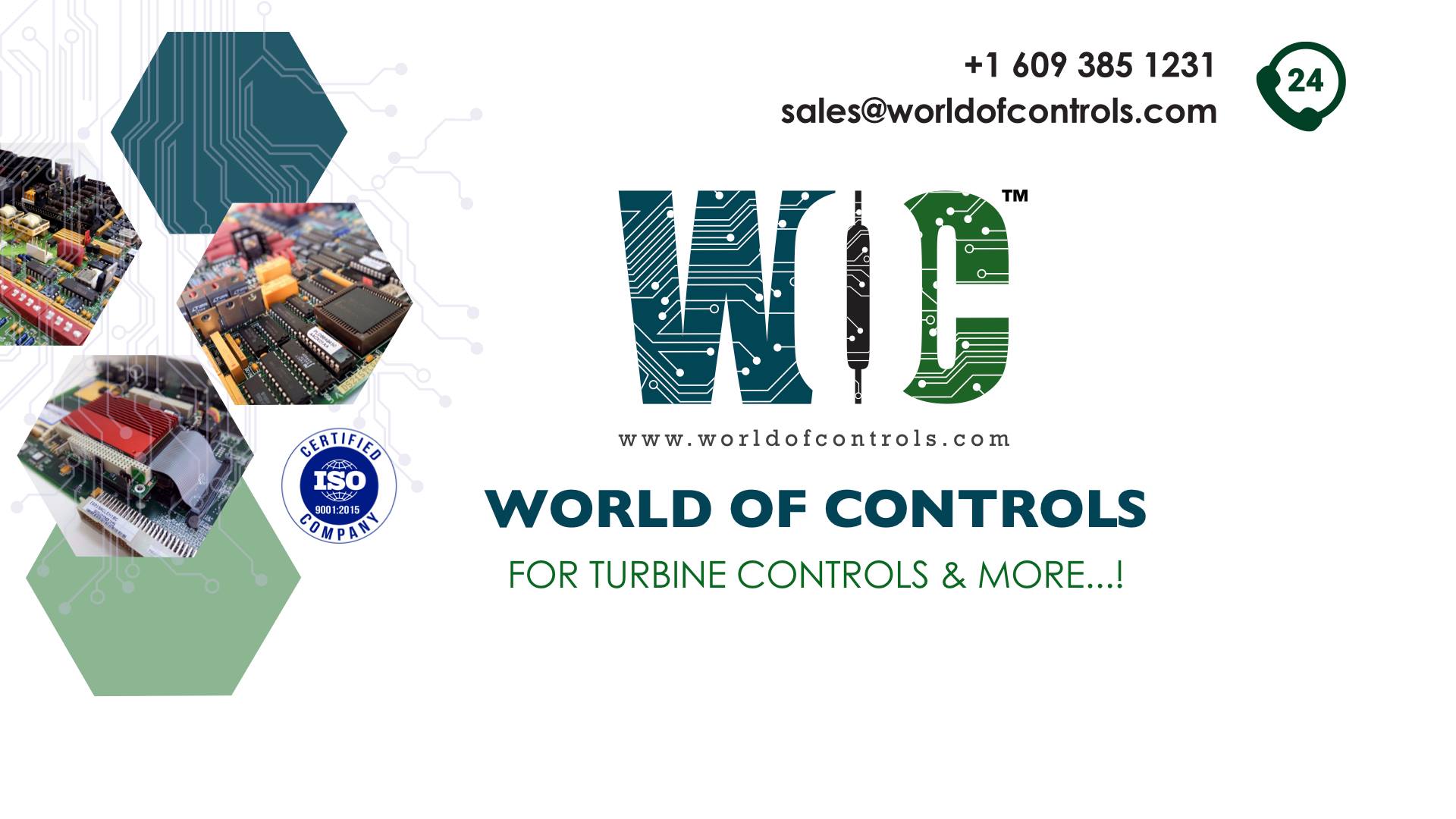
WOC offers an extensive range of GE Speedtronic Mark VIeS PLC for Turbine. Our state-of-the-art in-house facility is furnished with top-notch testing equipment and is staffed by experienced engineers and technicians boasting years of invaluable industry experience. Contact World of Controls for more details about your GE turbine control system spare requirements.
.
A communication recovery or PLC recovery process takes place when the enabler restores communication via a network pathway to a PLC that is currently operating in a healthy state. This can happen when the network connection is reestablished, the PLC is powered up, or when the Health bit is set. The specific actions performed by the enabler depend on the priority or ranking of the PLC:
The Mark VIeS is a highly versatile and advanced control system that boasts a range of impressive features. One of its standout characteristics is the utilization of a single-board controller in tandem with an Ethernet-based I/O network. This combination empowers the Mark VIeS with the capability to accommodate various control modes, especially tailored for Safety Instrumented Functions (SIFs). Here are some of the notable features and functionalities that set the Mark VIeS apart:
WOC is happy to assist you with any of your GE Speedtronic Mark VIeS PLC requirements. Please contact us by phone or email for pricing and availability on any parts and repairs.
What is a PLC?
A PLC, or Programmable Logic Controller, is a specialized computer used in industrial automation to control various processes and machinery.
Can the Mark VIeS system be customized to suit specific needs?
Yes, the Mark VIeS offers a high degree of customization. Users have the flexibility to configure the system to precisely match the requirements of their operations, ensuring seamless alignment with unique needs.
How does the Mark VIeS address system reliability and downtime concerns?
The Mark VIeS provides redundancy options that are crucial for enhancing system reliability and minimizing downtime. Users can easily select and implement redundancy configurations within seconds, without affecting the application code, simplifying the process of bolstering system robustness.
What is Mark VIeS PLC Recovery?
Mark VIeS PLC Recovery is a process aimed at restoring communication between a Programmable Logic Controller (PLC) and a network. It occurs when the PLC is in a healthy operational state and can be triggered by events such as network reconnection, PLC power-up, or the setting of the Health bit.
When does GE Speedtronic Mark VIeS PLC Recovery typically occur?
PLC Recovery happens when there is a need to reestablish communication with a functioning PLC. This may occur when the network connection is reestablished after an interruption, when the PLC is powered up, or when the Health bit is activated.